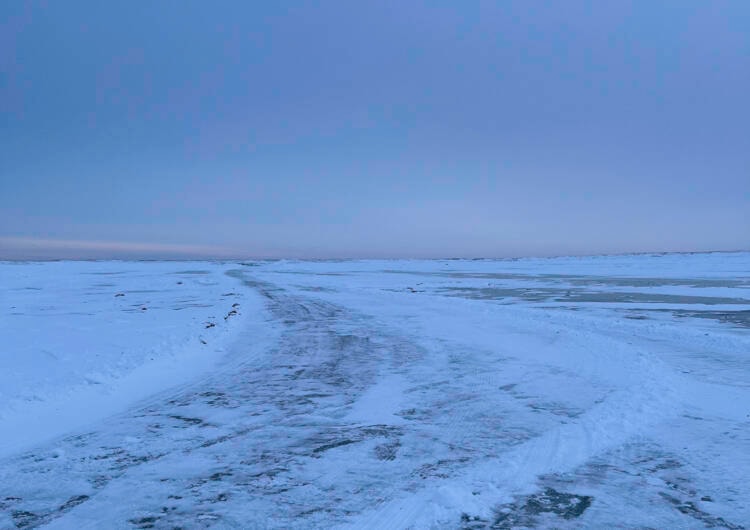The heart of the Kivalliq is called “Blizzard Alley” for a reason.
Repeated blizzards this winter have shut things down almost as much as Covid-19 restrictions.
“Here we go again, are you ready?” the Hamlet of Arviat posted to its social media just before the last one hit.
Public works staff had been busy until midnight on the eve of Wednesday, Jan. 26’s blizzard, to try to complete the day’s schedule ahead of time in case they had to suspend services again the following day.
“It’s quite common to see blizzards occur there in the wintertime,” said Sara Hoffman, climatologist with Environment Canada.
Blizzard Alley stretches down from Gjoa Haven and through the Kivalliq, she said.
The area’s flatness and wide-open spaces allow for heavy snow to fall and strong winds from the northwest to blow it into the communities.
Blizzards are defined as when visibility is reduced to 400 metres or lower, winds are 40 kilometres per hour or higher and there are at least six hours of the reduced visibility.
Technically, there is no requirement for snow to be falling for these conditions to be met, and those cases are called “blue sky blizzards,” where swirling snow on the ground lessens visibility.
Environment Canada stats for Arviat between 2013 and 2020 show an average of 7.8 blizzards per year, with 17 in 2015.
Stats from 2010 to 2020 show an average of seven blizzards in Baker Lake, 4.5 in Coral Harbour and 10.2 in Rankin Inlet. Outside of Arviat, the most blizzards in a year during that time frame were 14 in Baker Lake in 2014, eight in Coral Harbour in 2018 and 15 in Rankin Inlet in 2011.
A moderate La Nina is in place this year, meaning more snow and colder temperatures are expected in the prairies. Hoffman said there is no strong connection to the Arctic weather from that, though.
Blizzards typically peak in the shoulder seasons of winter – the beginning and end – when there are the heaviest snowfalls.
